The Treasurer of the Household is a member of the Royal Household of the Sovereign of the United Kingdom. The position is usually held by one of the government deputy Chief Whips in the House of Commons. The current holder of the office is Marcus Jones MP.

Viscount Mersey, of Toxteth in the County Palatine of Lancaster, is a title in the Peerage of the United Kingdom. It was created in 1916 for the lawyer and politician John Bigham, 1st Baron Mersey. He had already been created Baron Mersey, of Toxteth in the County Palatine of Lancaster, in 1910, also in the Peerage of the United Kingdom. His son, the second Viscount, was a Deputy Speaker of the House of Lords and also served as Liberal Chief Whip in the House of Lords from 1944 to 1949. His son, the third Viscount, married Katherine Petty-Fitzmaurice, 12th Lady Nairne, the eldest daughter of Henry Petty-Fitzmaurice, 6th Marquess of Lansdowne and 10th Lord Nairne. They were both succeeded by their son, the fourth Viscount Mersey and thirteenth Lord Nairne. As of 2017 the titles are held by the latter's son, the fifth Viscount, who succeeded in 2006.

Lord Nairne is a title in the Peerage of Scotland, created by Charles II for Sir Robert Nairne of Strathord in 1681, which since 1995 is held by the Viscount Mersey.
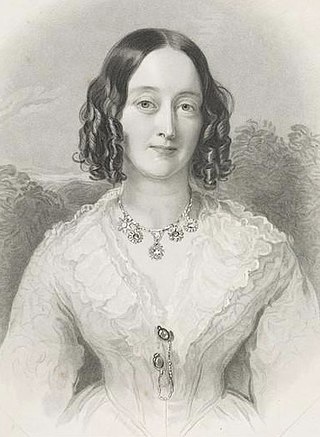
Charlotte Anne Montagu Douglas Scott, Duchess of Buccleuch and Queensberry, VA was a British peeress. A daughter of Thomas Thynne, 2nd Marquess of Bath, Charlotte married Walter Montagu Douglas Scott, 5th Duke of Buccleuch in 1829. They had seven children, including William Montagu Douglas Scott, 6th Duke of Buccleuch; Henry Douglas-Scott-Montagu, 1st Baron Montagu of Beaulieu; and the Royal Navy admiral Lord Charles Montagu Douglas Scott.
Sir Thomas Tresham was a British politician, soldier and administrator. He was the son of Sir William Tresham and his wife Isabel de Vaux, daughter of Sir William Vaux of Harrowden. Thomas's early advancement was due to his father's influence. In 1443 he and his father were appointed as stewards to the Duchy of Lancaster's estates in Northamptonshire, Buckinghamshire, Bedfordshire and Huntingdonshire, and by 1446 Thomas was serving as an esquire for Henry VI, being made an usher of the king's chamber in 1455. He was appointed a Justice of the Peace for Huntingdonshire in 1446, a position he held until 1459, and was returned to Parliament for Buckinghamshire in 1447 and Huntingdonshire in 1449. Despite the Tresham family's close links with the royal court they were also on good terms with Richard Plantagenet, 3rd Duke of York, and when he returned from Ireland in 1450 Tresham and his father went to greet him. Shortly after leaving home on 23 September they were attacked by a group of men involved in a property dispute with his father; William Tresham was killed, and Thomas was injured.

The House of Burgh or Burke was an ancient Anglo-Norman and later Hiberno-Norman aristocratic dynasty who held the earldoms of Kent, Ulster, Clanricarde, and Mayo at various times, provided Queen Consorts of Scotland and Thomond; many Kings of Britain and multiple other royals, and played a prominent role in the Norman invasion of Ireland.
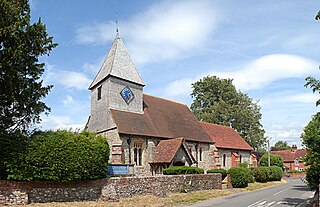
East Clandon is a village and civil parish in Surrey, England on the A246 between the towns of Guildford to the west and Leatherhead to the east. Neighbouring villages include West Clandon and West Horsley.

John Spencer, 1st Earl Spencer was a British peer and politician.
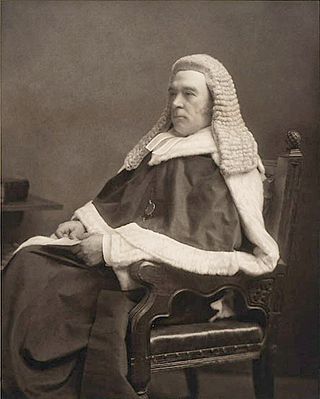
John Charles Bigham, 1st Viscount Mersey, was a British jurist and politician. After early success as a lawyer and a less successful spell as a politician, he was appointed a judge and worked in commercial law.
Events from the year 1811 in the United Kingdom. This is a census year and the start of the British Regency.

Sir Anthony Browne, KG of Battle Abbey and Cowdray Park, both in Sussex, England, was a Member of Parliament and a courtier who served as Master of the Horse to King Henry VIII.
English county histories, in other words historical and topographical works concerned with individual ancient counties of England, were produced by antiquarians from the late 16th century onwards. The content was variable: most focused on recording the ownership of estates and the descent of lordships of manors, thus the genealogies of county families, heraldry and other antiquarian material. In the introduction to one typical early work of this style, The Antiquities of Warwickshire published in 1656, the author William Dugdale writes:
I offer unto you my noble countriemen, as the most proper persons to whom it can be presented wherein you will see very much of your worthy ancestors, to whose memory I have erected it as a monumentall pillar and to shew in what honour they lived in those flourishing ages past. In this kind, or not much different, have divers persons in forrein parts very learnedly written; some whereof I have noted in my preface: and I could wish that there were more that would adventure in the like manner for the rest of the counties of this nation, considering how acceptable those are, which others have already performed
Maria Spilsbury (1776–1820) was a British artist known for her religious paintings and portraiture.
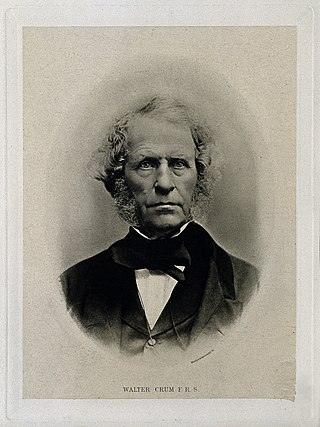
Walter Crum FRS (1796–1867) was a Scottish chemist and businessman. He became a Fellow of the Royal Society in 1844.

Robert Walpole (1781–1856) was an English classical scholar.

George Simon Harcourt, 2nd Earl Harcourt, styled Viscount Nuneham until inheriting the title of Earl Harcourt in 1777, was an English politician, patron of the arts, and gardener.
Richard Smith (1707–1776) was an English merchant in the West Indies trade, and director of the East India Company.
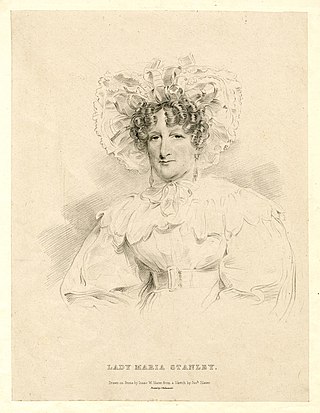
Maria Stanley, Baroness Stanley of Alderley was a British letter writer and liberal advocate.
Sir John Lowther Johnstone, 6th Baronet (1783–1811) was a British Army officer and politician.













